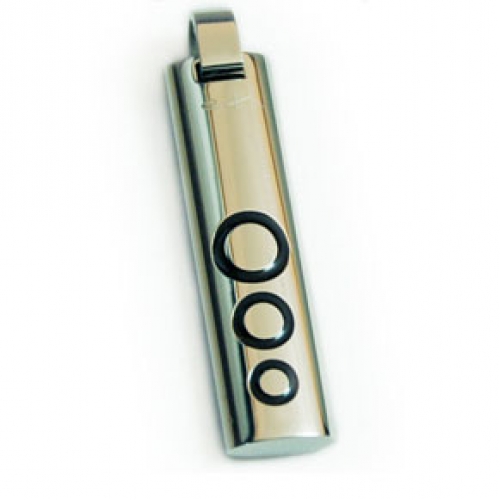If you reside in an apartment or a house, or you just want to keep your home free of EMFs There are a variety of methods to reduce exposure. One of the most effective is to reduce the use of electronic devices. You can also turn to EMF block paint to prevent EMF radiation from entering your home. Another way to shield your house against EMF radiations is to install a shielding canopy for RF. This is a cloth made of net that has EMF shielding and is used to stop EMFs from entering a space. Another alternative is to have your home fitted with a conductive enclosure. These devices are called Faraday cages.
Several studies have shown how the non-ionizing energy of RF can cause antiproliferative effects on HCC cells. The mechanism of AM RF EMF's anticancer activity in vitro is believed to result from the deregulation of cancer stem cells. This may account for the long-term effects observed in patients suffering from advanced HCC. However, emf blocker of AM EMF's impact on patients with cancer is not clear.

The effects from AM RF EMFs on HCC tumour growth in vivo were studied in mice. The tumors were split into three groups. emf blockers was not exposed to RF EMF. Second group members were exposed RF EMF at frequencies similar to the frequency used by humans. Third group members were exposed to RF EMF at HCC-specific modulation frequencies. The effects of HCCMF on tumors was compared to that of RCF. The results revealed that cancers treated with HCCMF had significant shrinkage. However, tumours treated with RCF showed no evidence of tumour shrinkage.
The mechanism of cancer-specific AM RF EMF may be due to the fact that tumour cells require Cav3*2 type voltage calcium channels for proliferation and down-regulation. AM RF EMF's ability to inhibit proliferation on HCC cells is mediated through CACNA1H the protein that regulates the Ca2+ influx specific to tumors. The findings suggest that CACNA1H could have more broader implications for diagnosis and treatment of various cancers.
The tumors in the controls were never exposed RF EMF, and were fed a normal diet of mice. The tumors of HCCMF HCCMF group were infected with Huh7 cells when they were 5 to 7 weeks old. The tumors were removed when they showed excessive burden.
The tumours from the three groups showed distinct growth curves. The tumours treated with HCCMF showed a significant decrease in the size of the tumour after 8 weeks. However, tumors treated with RCF showed no shrinkage. The difference was significant. The tumors treated by RCF were able to show necrosis, which is common in tumors that have been exposed to RCF. The possibility is that this necrosis was due to an absence of oxygen in larger tumors.
In conclusion, the findings suggest an AM-RF EMF is a powerful source of anticancer effects in vitro and in vivo. emf blocking have shown it is true that AM RF EMF produces measurable reduction in tumours in HCC patients. It is possible that AM RF EMF causes these effects due to CACNA1H which is a protein involved in tissue-specific Ca2+ influx. In addition, AM RF EMF may have a long-lasting impact on the development of HCC tumours in vivo.
